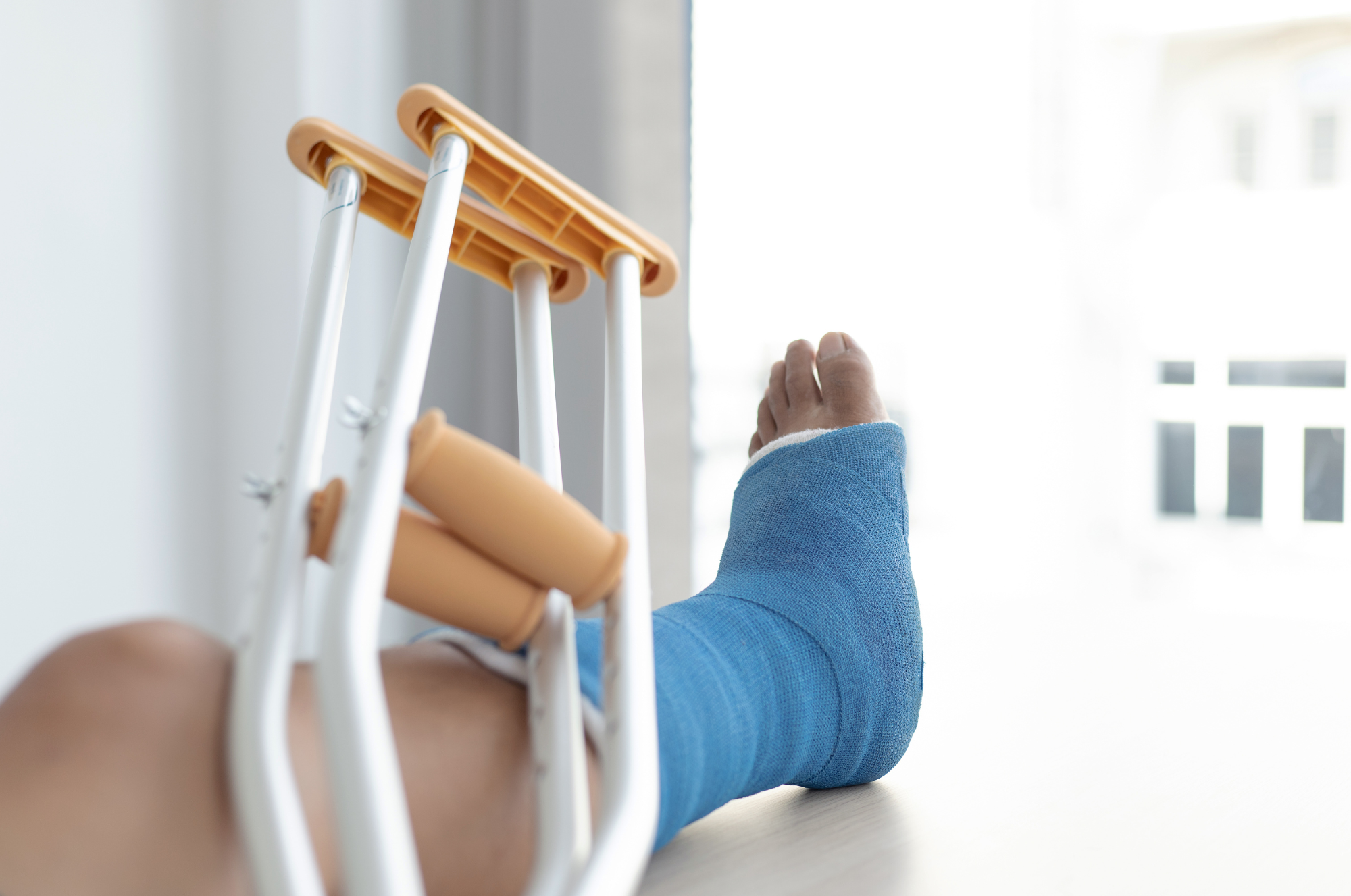Joint Reconstructive Surgery
Joint reconstructive surgery is a type of surgical procedure that aims to restore function and stability of a damaged or diseased joint. It involves repairing, reconstructing or replacing the joint with artificial components to alleviate pain, improve mobility, and enhance overall joint health. Joint reconstructive surgery is commonly performed on major weight-bearing joints such as the knee and hip, as well as other joints like the shoulder, ankle, wrist.

Here are some common types of joint reconstructive surgeries:
Total Joint Replacement (Arthroplasty):
Total joint replacement involves removing the damaged or arthritic joint surfaces and replacing them with artificial components made of metal, plastic, or ceramic. This procedure is commonly performed for hips and knees. To lesser extend more and more of these surgeries are performed other joints like the shoulder, elbow, ankle, wrist and small joints of the hand and foot.
1. Partial Joint Replacement:
Partial joint replacement, also known as a hemiarthroplasty, involves replacing only one part of a joint, typically the arthritic portion or in intrarticular fractures. This procedure is currently limited to Knee, Hip and Shoulder.
2. Joint Resurfacing:
Joint resurfacing involves removing the damaged cartilage from the joint surface and replacing it with a metal-on-metal ball and socket. It is performed for a select group of young patients with the hip arthritis.
3. Osteotomy:
Osteotomy is a procedure in which the surgeon cuts and reshapes the bones around a joint to realign the joint and redistribute weight-bearing forces. It is often used for young and active patients with early-stage joint arthritis.
4. Labral/Meniscal Repair or debridement:
Labral/Meniscal repair or debridement is performed to treat tears or damage to the labrum/meniscus, a cartilage tissue in joints like the hip, shoulder and knees. Commonest Labral repair is for recurrent shoulder dislocations. These surgeries are performed arthroscopically
5. Ligament Reconstruction:
Ligament reconstruction involves reconstructing /augmenting torn or damaged ligaments, such as the anterior cruciate ligament (ACL) in the knee or the rotator cuff in the shoulder. Bulk of sports surgery involves these surgeries.
6. Tendon Repair:
Tendon repair surgery is performed to treat damaged or torn tendons, such as the Achilles tendon or the tendons in the rotator cuff of the shoulder.
7. Cartilage surgeries
These surgeries are reserved for young patients with cartilage injuries, without which accelerated wear and tear is the rule. Cartilage growth stimulation (microfratur), grafting (MACI/Hyalofast etc), Osteochondral transfers (OATS) are some of these procedures attempting grow or replace damaged cartilage.
Choice of surgical or non-surgical treatment will depend on the type of joint injury / disorder, age of the patient and activity level. All were meant to alleviate pain, restore function and slow down progress of degenerative joint disorders.
Recovery from joint reconstructive surgery can vary depending on the specific procedure and the patient's individual circumstances. Rehabilitation, patient’s motivation and compliance are crucial to successful outcome.
